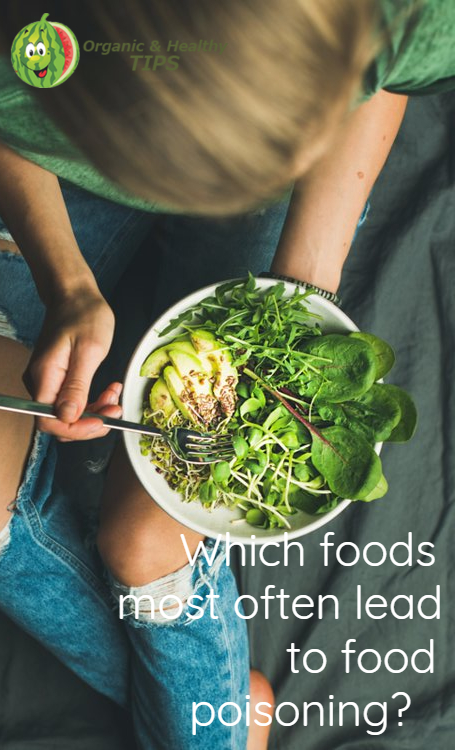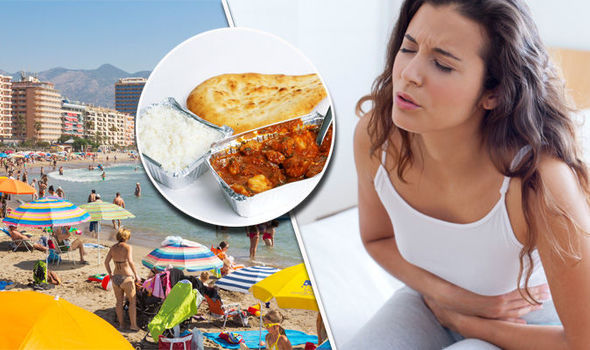Food poisoning happens when we consume food contaminated with poisonous bacteria and viruses or their toxins . Depending on the concentration of these products in the food, the poisoning may occur within hours or a few days after consumption. The most common symptoms of food poisoning are severe abdominal pain, vomiting, diarrhea and loss of appetite.
Due to the very appropriate environment for the development of pathogenic microorganisms that they provide, several types of foods are listed as most dangerous to cause food poisoning. It has been found that eating exactly these foods is the basis of most of the cases of food intoxication . The risk is increased in conditions of higher ambient temperatures and improper storage of these foods.
Chicken meat
The high risk of food poisoning after consumption of chicken meat comes from the high frequency with which this type of food is found in bacteria of the genera Campylobacter and Salmonella . They live mainly in the intestinal tract of the birds and the areas of their feasting. From there, they can easily pass into the meat when processing poultry products in non-sterile conditions. Studies show that between 40% and 80% of the raw chicken products on the market are contaminated with these bacteria and only good heat treatment can guarantee their destruction.

Green vegetables
The close contact of these products with the soil with potentially contaminated water during their cultivation is a prerequisite for their very easy contamination with different bacteria. An additional risk carries their usual consumption in a raw state. Vegetables are the most common cause of food poisoning in the spring due to the development of bacteria of the genus Salmonella , Listeria and Escherichia coli . To reduce the risk of food poisoning, it is essential to consume the vegetables well washed and soon after the salad is prepared, in order to prevent the rapid growth of colonies of bacteria that eventually fall on them.
Fish and fish products
If they are not kept at a sufficiently low temperature, this type of food is the main reason for the so-called scarred poisoning . It is provoked by the increased histamine content in fishery products, which is not destroyed by heat treatment and unleashes a powerful allergic reaction with marked gastrointestinal symptoms – nausea, vomiting, disorder. In addition to histamine, a number of other bioactive toxins can accumulate in fish products on improper storage and trigger dangerous food poisoning.
When the risk comes from potential contamination of food products with bacteria or other microorganisms, good heat treatment is the only guarantor to prevent food poisoning. It is clear, however, that some food toxins are thermostable and remain in them after culinary cooking. Therefore, storing low temperature food in the refrigerator is also a must as a preventative against food poisoning.







